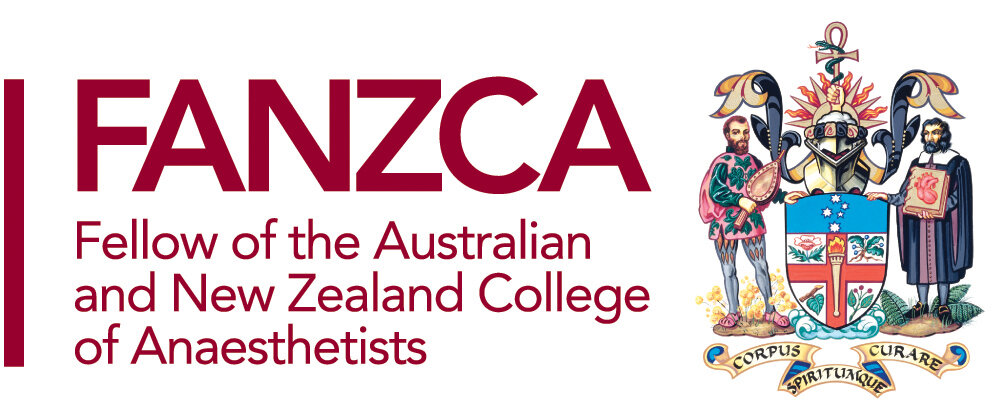Interested? More below.
Sedation and general anaesthesia are the two ends of a continuum of unconsciousness, so they’re addressed together, all three types of anaesthesia can be blended or kept seperate depending on patient safety/the procedure and patient preference.
Sedation/General Anaesthesia
Sedation can be light, deep, or so deep that its better called general anaesthesia - they are the two ends of a spectrum of ‘sleepiness’
Most people will not remember much from sedation, unless it is expressly designed to be light
General anaesthesia is designed to have a person unconscious
The process for both is similar - you will have an IV cannula placed, physiological monitoring on and usually some oxygen, then you will be given medicines to induce the state needed for the procedure
Most anaesthetics are uneventful.
Any sensible person wants to know what the risks are, however they vary, the links are good summaries, with ballpark figures
RCOA (Royal College of Anaesthetists)
ANZCA (Australian and New Zealand College of Anaesthetists)
We’ll also have a chat about them too, but if there is any particular risk you’re concerned about, let me know
Regional Anaesthesia
When local anaesthetics are placed next to nerves to make a part of the body pain free
From a finger cut to having a baby, many procedures can be done with a ‘block’ and there are a few key benefits:
Potentially safer* (depends on the patient and procedure)
Faster mobilisation* - useful to get out of hospital, or with joint replacements, out of bed - maximising your rehabilitation
Ongoing pain relief after the procedure - from a few hours to a day, or longer if a catheter is placed, decreasing the need for opioids and their side effects
For all of these blocks local anaesthetic is placed under the skin to make it more comfortable, and most of the needles are fine, and guided by an ultrasound to minimise discomfort
If you’re wondering why you haven’t heard much about blocks, its because they used to be relatively uncommon in Australia - something that is changing with more literature on safety, efficacy and ultrasounds being smaller, better and less expensive
What is an Anaesthetist?
Good question.
“A specialist anaesthetist is a fully qualified medical doctor who, after obtaining their medical degree, has spent at least two years working in the hospital system before completing a further five years of training in anaesthesia.”
